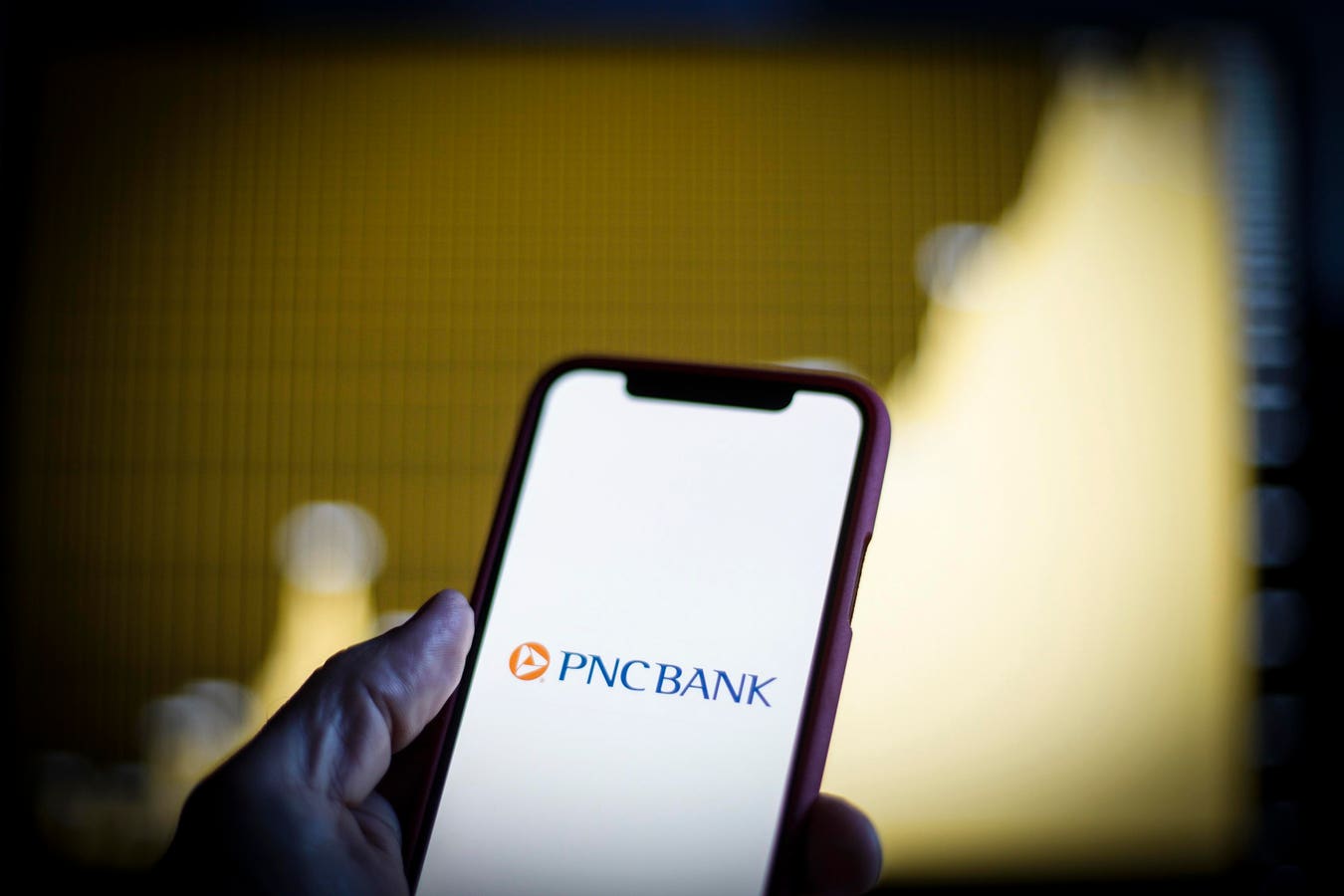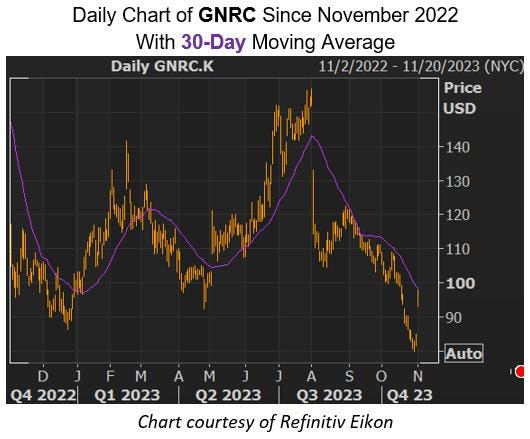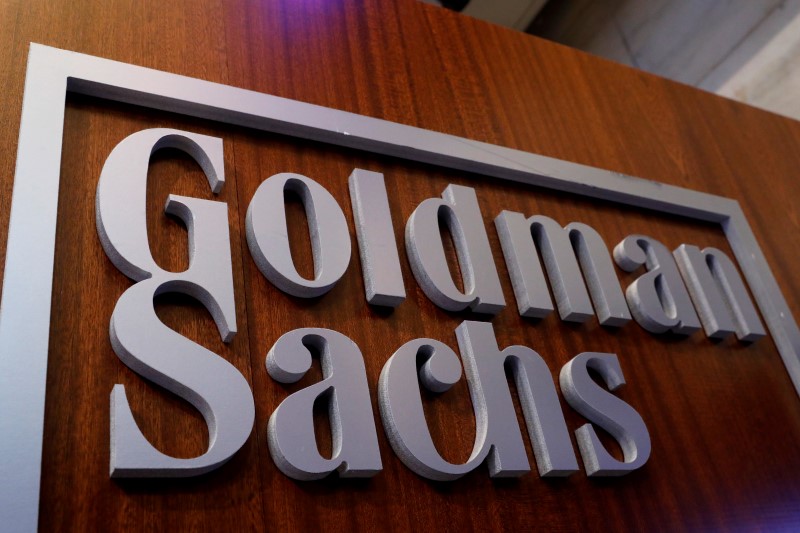Bears say the end is near. A full blown credit crisis is here, they claim, and investors are woefully unprepared. Not so fast.
Credit rating agencies Fitch and Moody’s during the past two weeks rattled the capital markets with important debt downgrades. Anxiety among investors is high.
Historically, this is a bullish sign. Investors should look at PNC Bank (PNC).
Bulls shouldn’t be completely dismissive of the bearish argument, though.
The Federal Reserve reported last week that consumer credit card debt passed $1 trillion for the first time ever. And personal unsecured loans hit $225 billion, according to TransUnion, a credit report issuer. Together these metrics seem scary, however, context is important. The median household net income in 2023 is expected to reach a record high $81,454.
Then there is corporate debt.
Bank America (BAC) investment analysts believe that up to $1 trillion in US corporate debt could default during 2023 if the United States falls into a full-blown recession. This analysis is complicated by news that 55 American corporations defaulted in the first 6 months of 2023, up 53% from a year ago. This number will certainly accelerate if there is a recession in the second half. It’s a good thing that Bank of America
BAC
Meanwhile, the state for commercial credit is not great. The Mortgage Bankers Association reports that the number of commercial property owners who were late on payments 30 days or more rose by 3% in the first quarter. Due to leverage, commercial delinquencies are especially worrisome for bankers.
Speaking bankers, Goldman Sachs (GS), Capital One
COF
(COF), and JP Morgan (JPM) are all in the process of liquidating large commercial real estate portfolios, according to an August report from Bloomberg. The story notes that bankers worry property owners may run into trouble as they try to refinance mortgages at higher rates.
These events, coupled with the Fitch downgrade of the United States, and Moody’s
MCO
Unlike the 2008 financial crisis, none of this is a surprise to investors. The analysis also assumes that rates will continue to rise, or that the Federal Reserve will be slow to respond to a debt crisis.
Interest rates have likely peaked. Investors are looking out 18 months into the future when rates should be lower, and debt levels more manageable.
Bulls have one more ace up their sleeve.
The Federal Reserve under chairman Jerome Powell has been extremely aggressive. The Fed cut rates abruptly to 0% during the pandemic, then raised its key bank lending rate to fight inflation by 520 basis points in the span of only 14 months, an unprecedented action. Bears should be very weary about future assumptions involving the economy and the Fed.
The yield for the 10-year treasury note backed up Friday to 4.02%, the highest level since last October. It’s noteworthy that the S&P 500 bottomed then and has since rallied by 27.5% as traders bet the Fed is nearing the last stages of its rate hike schedule.
Confidence in this bet is showing up in the performance of S&P sectors. As technology shares correct heady first half gains, professional money managers are ramping up investment in deep cyclical sectors such as energy, materials, and even financial services. When professional investors gravitate to these early cycle sectors they expect future economic recovery.
PNC Financial Services piqued my interest. The Pittsburgh, Penn.-based bank holding company operates approximately 2,600 Northeast regional banks.
At a share price of $129.94, PNC stock is down from $170 in December. Shares trade at only 10.4 times forward earnings. The book value is $122.99.
This is a compelling value investment opportunity.
Bears have turned too negative on financial issues, especially regional banks. Their wager that a full-blown debt crisis is in the offing seems like a long shot at best.
Investing can be intimidating, but it doesn’t have to be. Let us be your guide to profitable investing with our Strategic Advantage newsletter. Join us for a $1 trial and see for yourself!
Read the full article here







